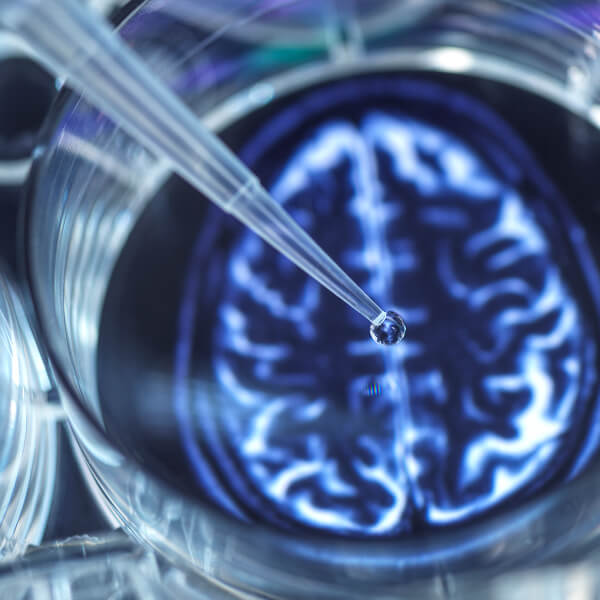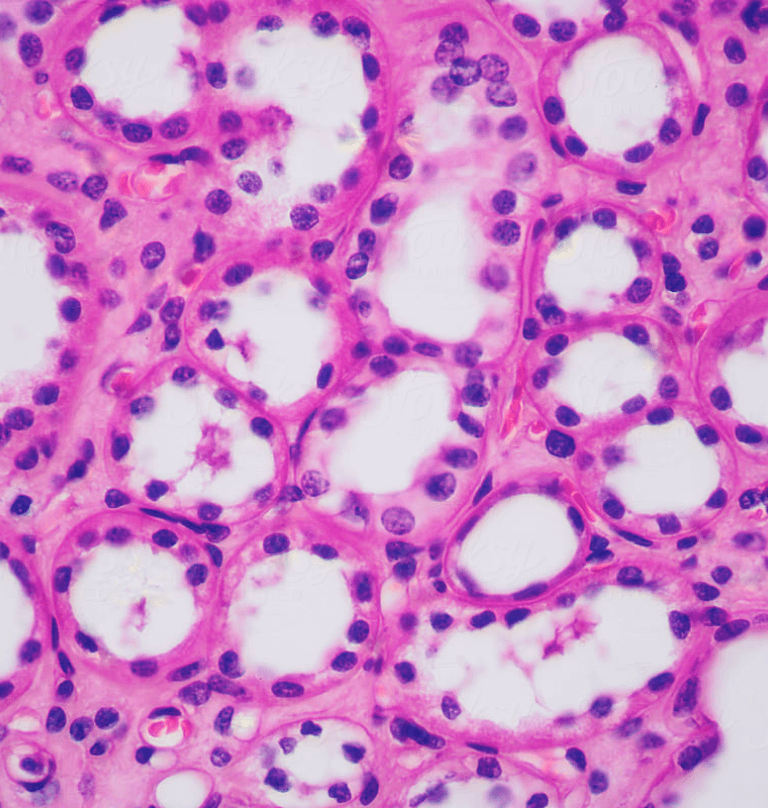What's New
The Whole Truth About Methylene Blue

The Whole Truth About Methylene Blue
Dispelling the unsupported claims and misinformation surrounding this complex chemical.
You may have seen the name “methylene blue” featured in news headlines or mentioned on social media recently. This synthetic substance has a fascinating history that dates back to the late 1800s, where it was first developed as a dye for textiles.
It has historically been used in medicine as a stain to identify microorganisms and as a treatment for malaria. It is also used in current medical settings, most prominently as a diagnostic aid, and as a treatment for a rare blood condition called acquired methemoglobinemia.
But non-approved uses for methylene blue, such as proposed “cognitive enhancement”, have been cropping up online with potentially dangerous — and even fatal — consequences.
Trending Misinformation
Methylene blue has been discussed on top ranking podcasts like The Huberman Lab and The Joe Rogan Experience, where it has been touted as a brain function enhancer, an anti-aging miracle, and a cure for seizures — all without adequate scientific evidence.
The only FDA-approved use of methylene blue is for the treatment of acquired methemoglobinemia. Acquired methemoglobinemia is a condition whereby exposure to certain medications or chemicals impairs red blood cells' ability to carry and deliver oxygen throughout the body. Methylene blue works to counteract this impairment.
Known Risks
Even with its evidence-based use cases, taking methylene blue may pose serious risks.
Serotonin syndrome is one of the most significant risks, and is usually due to a drug interaction between methylene blue and many antidepressants (SSRIs, SNRIs, MAOIs) or certain opioids. This potentially life-threatening condition is caused by an overload of serotonin in the brain, with symptoms that include confusion, muscle spasms, and seizures.
People with glucose-6-phosphate dehydrogenase (G6PD) deficiency should also be aware of their risk for severe side effects. G6PD deficiency is a genetic predisposition that can make red blood cells more susceptible to destruction after being exposed to methylene blue — ultimately leading to anemia and fluctuations in blood pressure. Symptoms of anemia include jaundice, weakness, and dark urine.
Pregnant women should also avoid methylene blue altogether, as it has the potential to harm developing babies.
Other side effects may include gastrointestinal issues and headaches.
What You Can Do
The methylene blue trend currently circulating online is a prime example of why it’s important to verify health claims with trusted experts.
While popular podcasters and influencers may present their health claims convincingly, you should always consult a doctor or healthcare provider before exploring new treatment options or medications.
One-sided medical content gains a huge amount of traction on social media, and the touting of methylene blue as an intelligence-enhancing, anti-aging miracle drug without stating its potentially life-threatening side effects illustrates just how harmful this misinformation can be.

Disclaimer: This website has been developed by Inagene Diagnostics Inc for information purposes only. It does not provide medical advice, diagnosis, treatment or care. If you have a health problem, medical emergency, or a general health question, you should contact a physician or other qualified health care provider for consultation, diagnosis and/or treatment. Under no circumstances should you attempt self-diagnosis or treatment based on anything you have seen or read on this website. For more information about how to use this site, please see our Terms of Service.
References
